How is clarity defined?
Clarity is the degree to which a diamond is free from those features that affect the appearance of the stone known as “clarity characteristics.”
There are two types of clarity characteristics, inclusions and blemishes.
Inclusions: Features inside the diamond, such as:
Included Crystals: a.k.a. internal characteristics, or flaws. Most often these are mineral crystals inside a diamond, that can be black, or white, transparent or somestimes red or green.
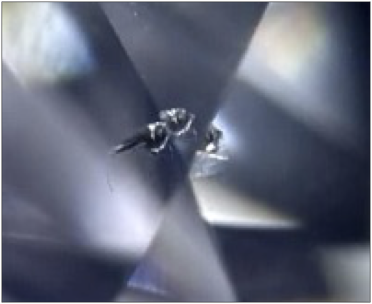
Feathers: a small break(s) or fractures inside a diamond.
Blemishes: Characteristics found on the surface of the stone, such as scratches-colorless lines on the surface or polish marks.
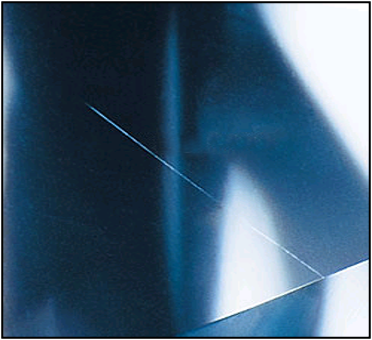
The more a diamond is free from internal characteristics, the rarer it is, which increases its value.
How does a diamond grader determine the clarity of a diamond?
Trained gemologists clarity grade diamonds using a 10x gem microscope or a jeweler's loupe. Because clarity grading is subjective, a minimum of two gemologists will examine the diamond being graded and come to a consensus on the clarity grade.
The larger a diamond is and the higher up on the color and clarity scale, the more graders will examine the stone. Once a grade has been determined, the grade is then notated in The Diamond Grading Report.
Once a diamond grader looks at a diamond through the microscope, s/he then sketches the location of the inclusions onto what is called a clarity plot. A clarity plot is a map of the clarity characteristics present on/in a diamond.
Inclusions are indicated in red ink and surface blemishes in green. In heavily included diamonds, not all inclusions are mapped on the plot, only the ones that are used to call the grade.
What is the most important fact to know about clarity plots?
Clarity plots always look much worse than the condition of the actual diamond!
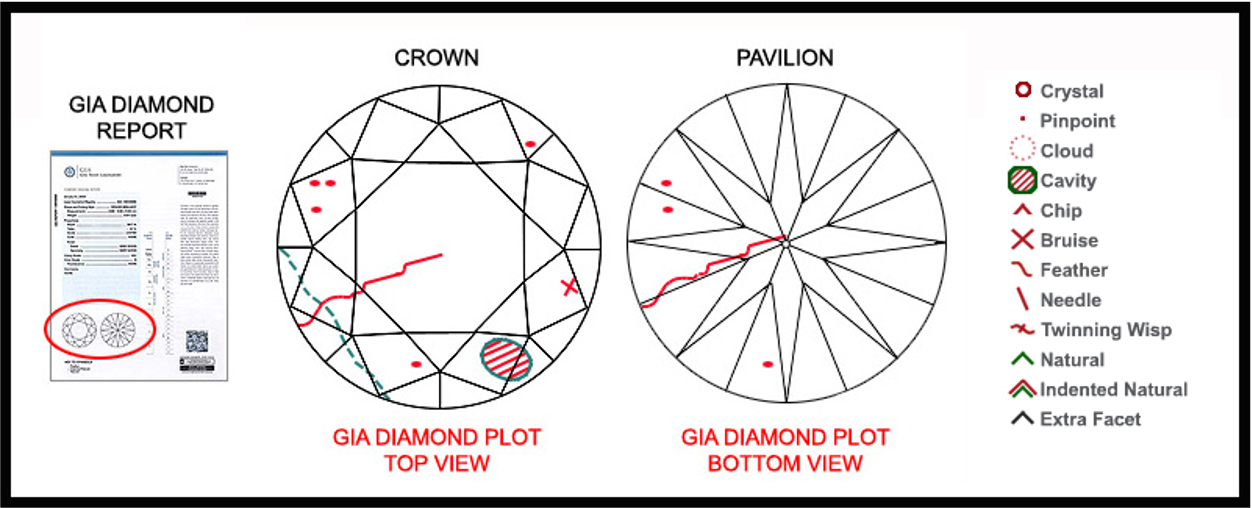
GIA Clarity Grades:
Let's break it all down and look at an example of each grade. The images below are at a much higher magnification than 10x, other than the I1-2-3 images, in order for you to actually see the inclusions. For the grading process, magnification is NEVER higher than 10x.
FL = Flawless
Flawless diamonds show no inclusions or blemishes when observed under 10x magnification.
In other words, there is nothing inside or on the surface of the stone. You will not see diamonds graded FL (unless sold loose) and here is the reason why.
By most standards, brands will not state a diamond is flawless after it has been set, because it cannot guarantee that during the setting process or later, that a surface blemish has not occurred, or that pressure exerted on the diamond during the setting process did not cause a minute feather.
If either of these things happened and the stone was un-mounted the clarity grade would be in question.
IF = Internally Flawless
This grade refers to stones that have no inclusions when observed under 10x but do have minor surface blemishes.
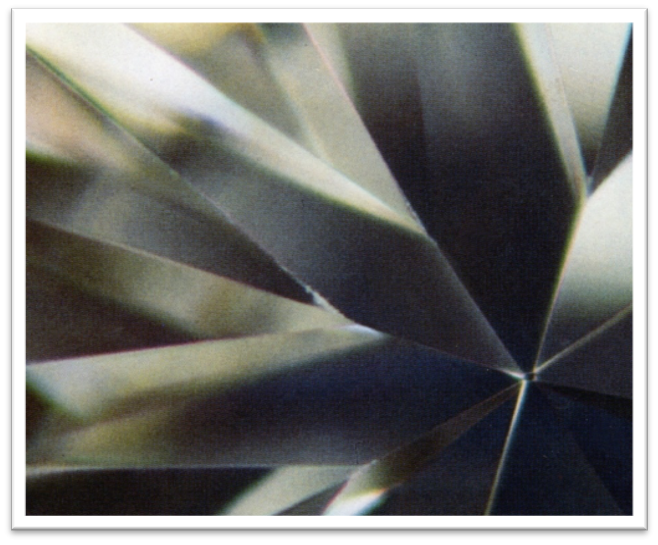
VVS 1 and 2= Very Very Slightly Included 1 and 2 - MINUTE
This grade describes diamonds that have “minute” inclusions that are “extremely difficult” for even a skilled grader to see under 10X magnification.
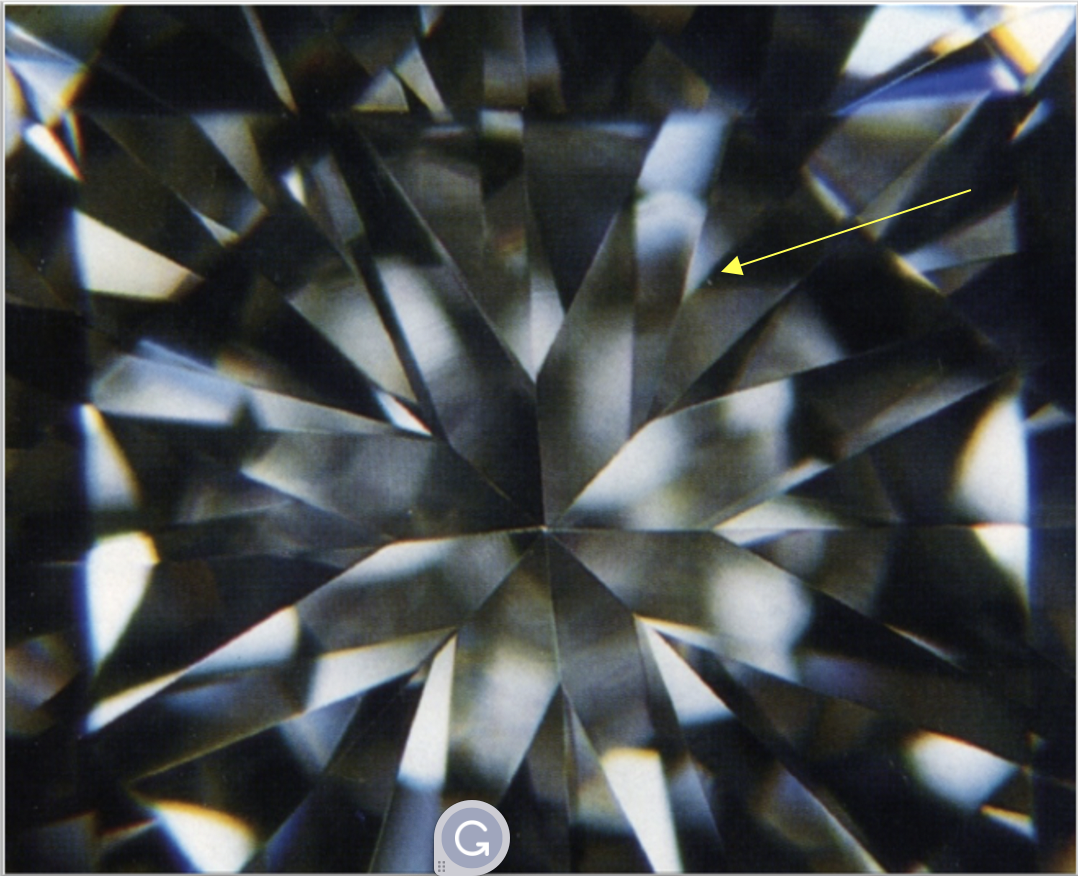
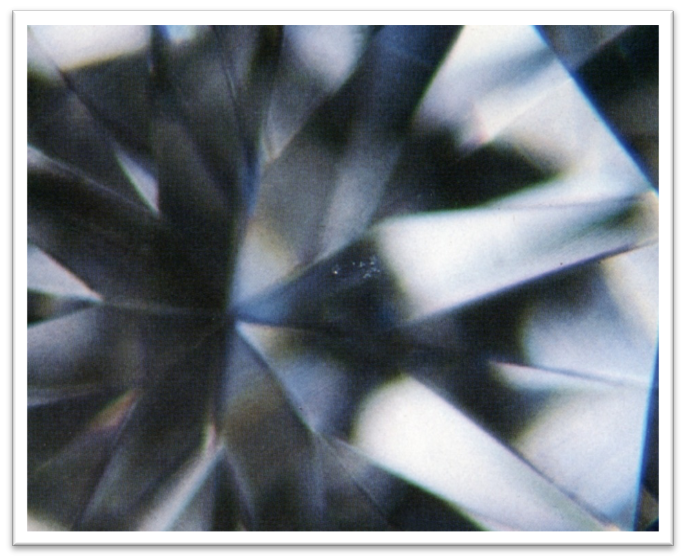
VS 1 and 2 = Very Slightly Included 1 and 2 - MINOR
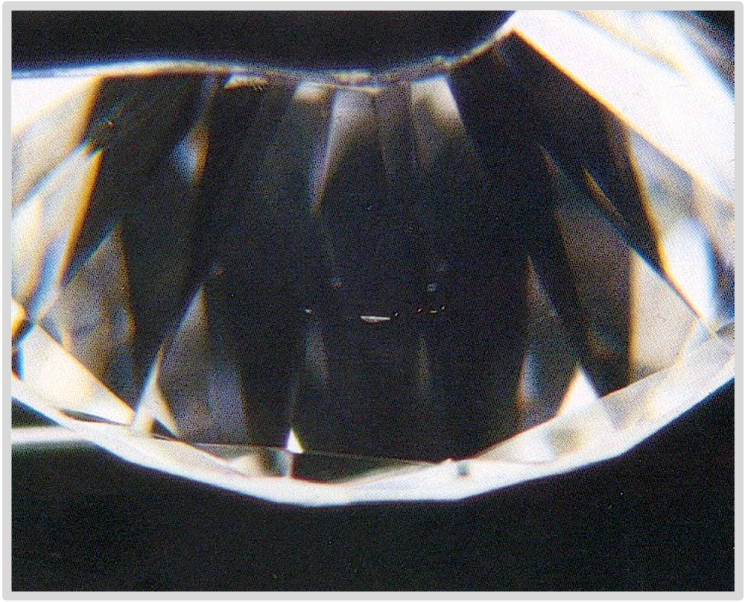
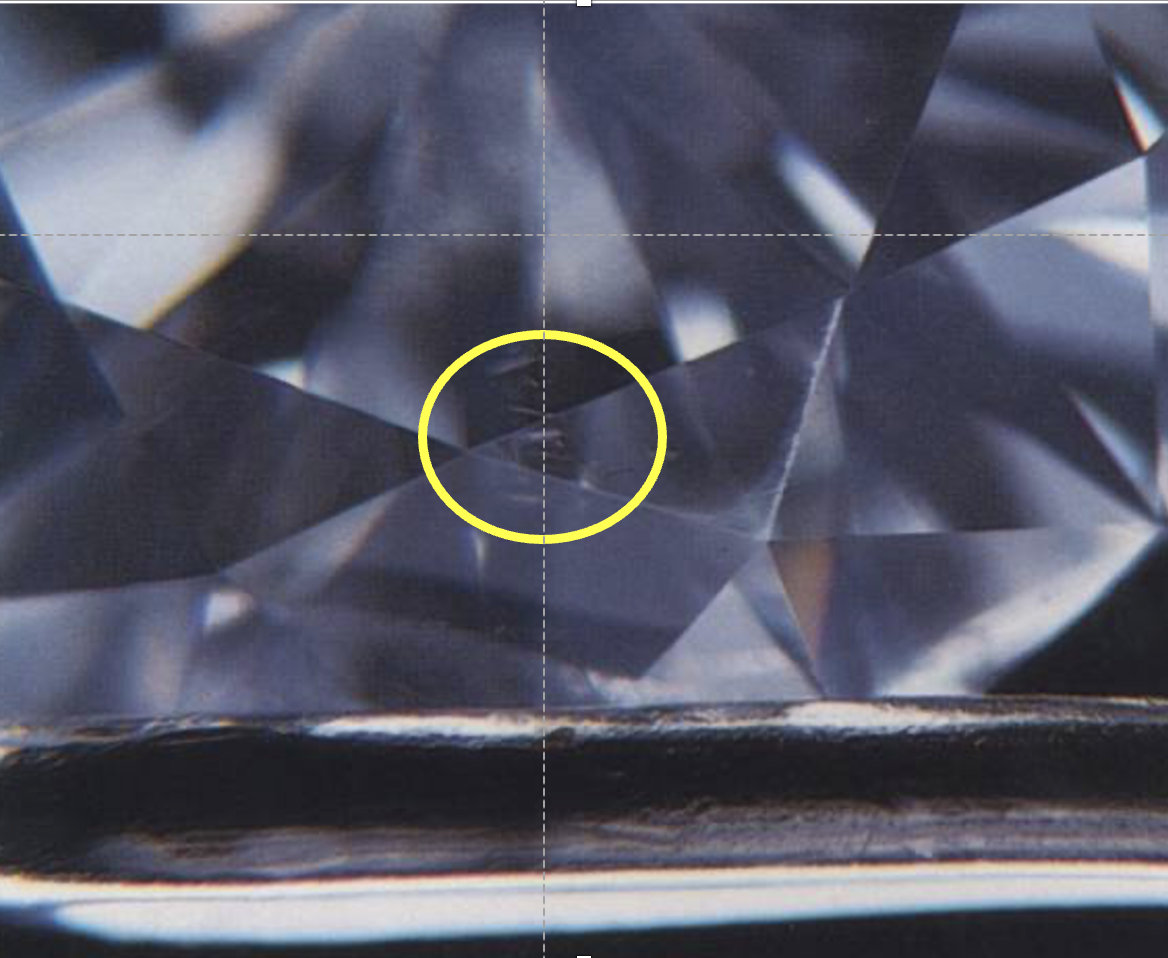
These clarity grades exhibit inclusions that are “minor” and “difficult” to locate under 10x magnification. These characteristics would not be seen without magnification and do not affect the beauty or durability of the stone in any way.
SI 1 and 2 = Slightly Included 1 and 2 - NOTICEABLE
These grades describe stones where the inclusions are “noticeable” under 10x: there are two SI levels: SI1 and SI2.
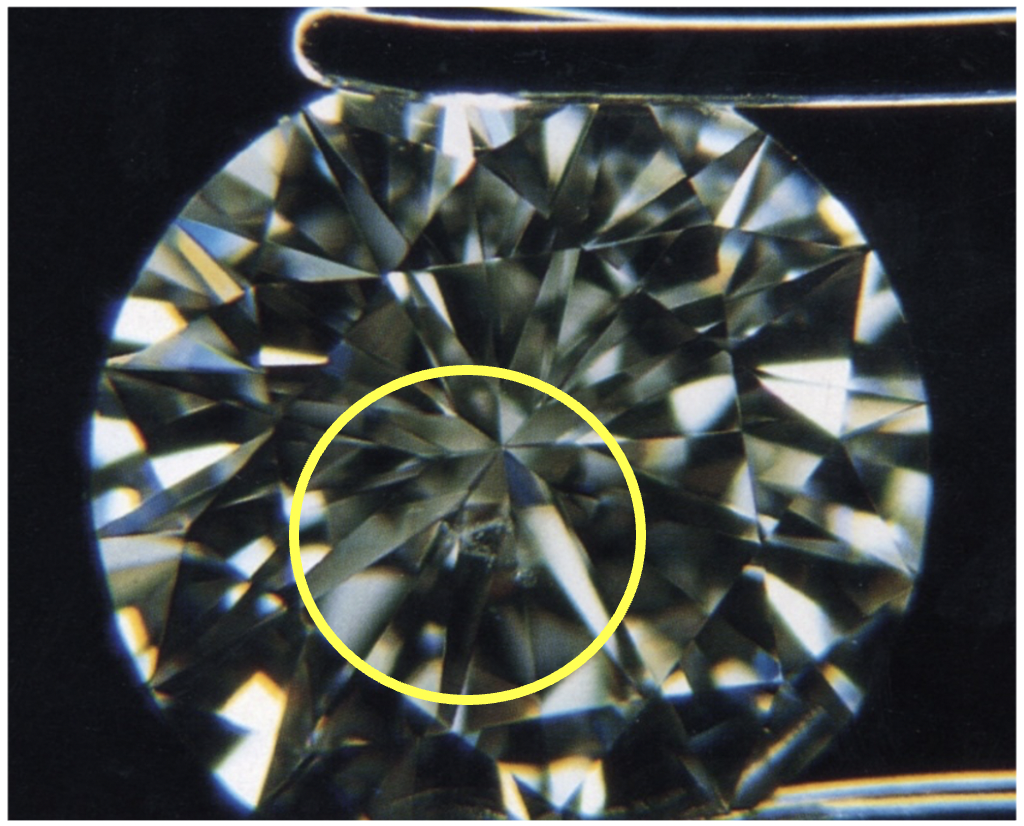
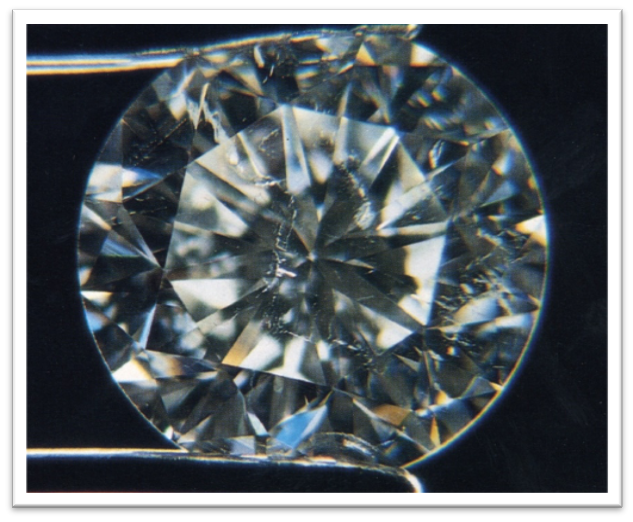
SI2, eye-visible inclusions can sometimes be seen face-up (from the top) especially if they are black inclusions.
I1, I2 and I3 = Imperfect 1, 2 and 3 - OBVIOUS
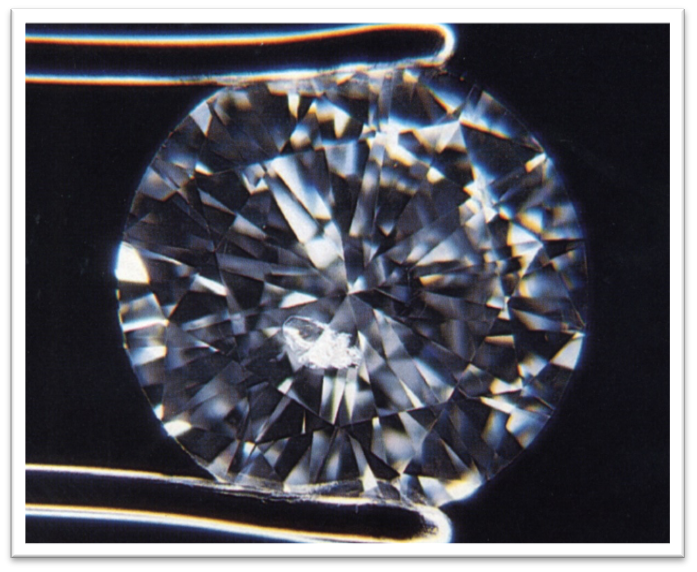
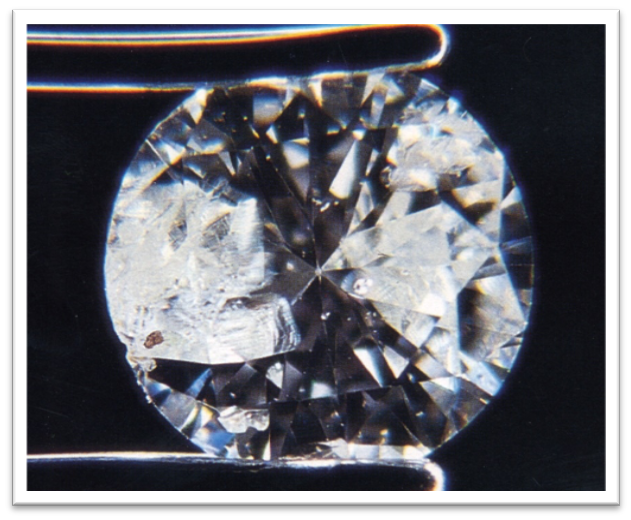
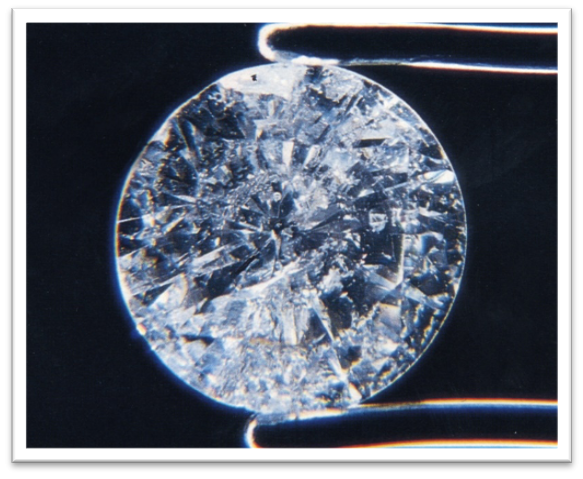
Inclusions are “obvious” at 10x. Clarity characteristics obvious to the naked eye, impacts brilliance and durability. For I2 and I3 brilliance and durability are affected
BTW, all lab-created diamonds are also evaluated using the GIA system. They may not be graded in a GIA lab, in fact, most are graded by IGI, The International Gemological Institute, however the GIA clarity grading scale is used to assign clarity grades.
To learn more about lab-created diamonds, read our article Lab-Created Diamonds: A Sustainable And Ethical Direction

Did You Know…
that any laser engraving, whether a report number or personal message, no matter where it is located on the diamond, is not taken into consideration and does not impact the clarity grade.
Related Topics:
Diamond Notes: The 4Cs 0f Diamonds - Color
Lab-Created Diamonds: A Sustainable And Ethical Direction
Why You Should Consider Buying Lab-Created Diamond Stud Earrings
Buying Guide: Engagement Rings
What Are G.I.A. Certified Diamonds?
Is it a Real Diamond or Something Else?
Thank you for reading our article; please leave your comments and questions below.
Happy Shopping!
Francesca de Granville, G.G. (GIA) F.G.A.
Affiliate Disclosure:
When you purchase through our links, we may receive a small commission.
Prices are exactly the same for you if your purchase is made through an affiliate or a non-affiliate link.
You will not pay more by clicking through our links.




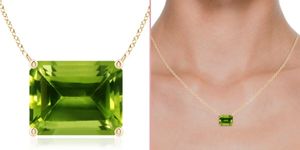
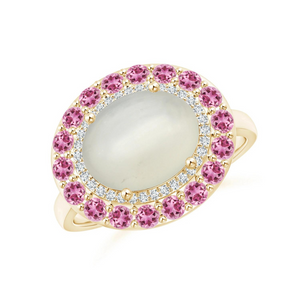
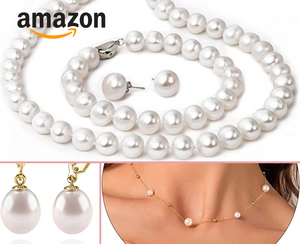




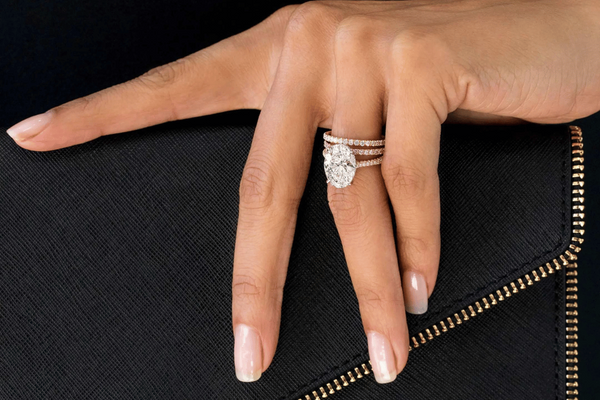

Member discussion